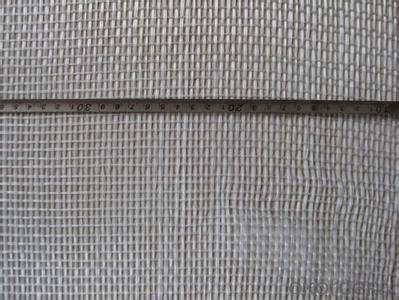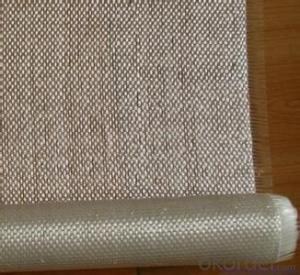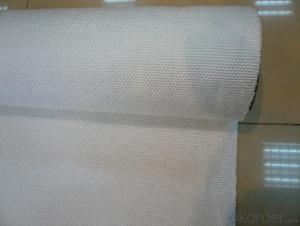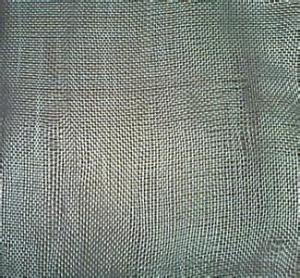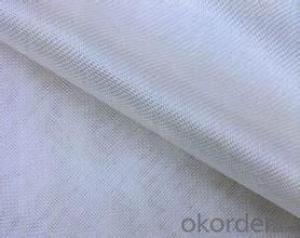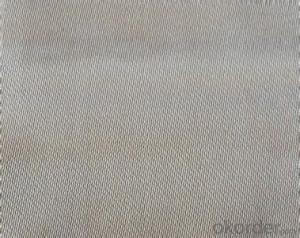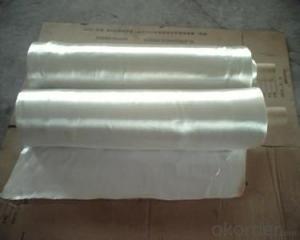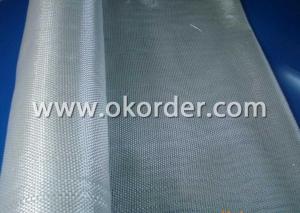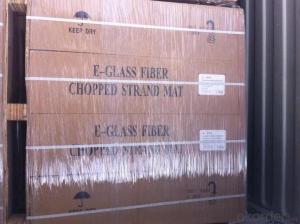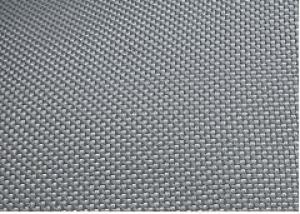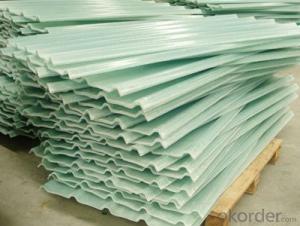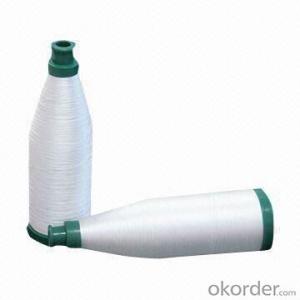High Quality China Insulation High Silica Fiberglass Fabrics
- Loading Port:
- China Main Port
- Payment Terms:
- TT OR LC
- Min Order Qty:
- -
- Supply Capability:
- -
OKorder Service Pledge
OKorder Financial Service
You Might Also Like
Packaging & Delivery
| Packaging Detail: | standard export packaging |
| Delivery Detail: | ASAP |
Specifications
Fiberglass cloth/ fabric/ woven roving
1.high performance
2.good and rapid resin soaking
3.usd for making vechile,furnitur
Fiberglass cloth/ fabric/ woven roving
1. Usage and ingredient
E-glass woven roving is a schistose double faces reinforcement fabric that is weaved into from roving in directly.
E-glass fiber fabric (thin fabrics with thickness from 0.025 to 0.09mm) is suitable for electrical isolation mica product, wax cloth as the reinforcement materials.
E-glass woven roving applys to all kinds of polyester reinforcement system, (such as unsaturated polyester resin, vinylite,epoxy resin and phenolic resin.
E-glass woven roving is a high performance reinforcement material. It is widely used in hand lay-up and machinery processing products, (such as vessel, container, airplane and vehicle component, furniture, athletic facilities and other industry.
2. Feature
Warp and weft yarns are parallel arrangement as flat situation, with uniform tension;
Fiber is aligned with large consistency, stable and easy operation;
Good moldability, fast and complete wet out in resins, resulting in high productivity;
Good transparency and high strength of composite products.
- Q: Can fiberglass fabric be used for filters?
- Yes, fiberglass fabric can be used for filters. It is commonly used in applications such as air filters, oil filters, and water filtration systems due to its high efficiency in trapping particles and its resistance to chemicals and heat.
- Q: Can fiberglass fabric be used for making tarpaulins?
- Tarpaulins can indeed be made using fiberglass fabric, which is renowned for its durability, strength, and ability to withstand harsh weather conditions. This versatile material finds widespread use in several applications, including tarpaulin production. Despite its lightweight nature, fiberglass fabric boasts exceptional tear resistance and can endure high temperatures. Moreover, its waterproof properties make it a perfect choice for safeguarding goods and equipment from rain, snow, and other environmental elements. In addition, fiberglass fabric's resistance to chemicals, UV rays, and mildew contributes to its longevity and enhances its performance as an ideal tarpaulin material.
- Q: What is the thickness range of fiberglass fabric?
- The thickness range of fiberglass fabric typically varies between 0.3 to 2 millimeters.
- Q: Can fiberglass fabric be used as a heat shield?
- Yes, fiberglass fabric can be used as a heat shield due to its high resistance to heat and flame. It is commonly utilized in various industries, including aerospace and automotive, to protect against heat and thermal radiation.
- Q: Is glass fiber cloth harmful to people?
- If you stick to the skin, it is difficult to clean out, because on the one hand, the naked eye is difficult to see, on the other hand, it is fragile, easy to break in the skin, if inhaled lung damage is greater, so harmful to the human body.
- Q: How is fiberglass fabric used in the production of insulation sheets?
- Fiberglass fabric is commonly used in the production of insulation sheets due to its excellent thermal insulation properties. The fabric is made by weaving fine strands of fiberglass together, creating a strong and durable material. In the production process of insulation sheets, fiberglass fabric is typically used as a reinforcement layer. First, a layer of fiberglass fabric is placed on top of the insulation material, which is usually made of foam or mineral wool. This fabric helps to enhance the strength of the insulation sheet and prevent tearing or damage during installation or use. Additionally, fiberglass fabric acts as a barrier, preventing the insulation material from shifting or settling over time. This helps to maintain the effectiveness and efficiency of the insulation by ensuring that it remains in place and does not create gaps or voids. Moreover, fiberglass fabric provides additional fire resistance to the insulation sheets. It has inherent fire-resistant properties, which can help to prevent the spread of flames and minimize the risk of fire hazards. This is particularly important in applications where insulation sheets are used in buildings or structures where fire safety is a concern. Furthermore, fiberglass fabric is also beneficial in terms of moisture resistance. It helps to create a moisture barrier, preventing water or moisture from penetrating the insulation material. This is crucial in maintaining the insulation's thermal performance, as moisture can significantly reduce its effectiveness. Overall, fiberglass fabric is an essential component in the production of insulation sheets, as it enhances strength, provides fire resistance, improves moisture resistance, and ensures long-lasting thermal insulation. Its versatile properties make it a reliable and widely used material in the insulation industry.
- Q: Can fiberglass fabric be used for mold making?
- Mold making can be accomplished using fiberglass fabric. This versatile material is commonly utilized in various industries, including mold making, due to its strength, durability, and resistance to heat and chemicals. To create a sturdy mold using fiberglass fabric, it is typically laminated with a resin, such as polyester or epoxy. The fabric is saturated with the resin and then applied to the desired shape or object. Once the resin cures and hardens, it forms a solid mold that can be used to produce replicas or castings. Fiberglass fabric molds offer several advantages. They are lightweight, making them easy to handle and transport. They also exhibit excellent dimensional stability, meaning they maintain their shape well over time. Furthermore, fiberglass molds are compatible with a wide range of materials, including concrete, plaster, and various resins. It is important to emphasize the importance of safety precautions when working with fiberglass fabric and resin. This includes wearing protective clothing, gloves, and a respirator to prevent inhalation of harmful fumes. Additionally, ensuring adequate ventilation in the workspace is crucial. In conclusion, fiberglass fabric is an effective choice for mold making due to its strength, durability, and resistance to heat and chemicals. When used correctly, fiberglass fabric molds can produce high-quality replicas and castings for diverse applications.
- Q: Can fiberglass fabric be used for reinforcement in mining tanks?
- Yes, fiberglass fabric can be used for reinforcement in mining tanks. Fiberglass fabric is known for its high strength and durability, making it suitable for various industrial applications, including tank reinforcement. Its corrosion-resistant properties make it an ideal choice for mining tanks, as it can withstand the harsh chemicals and abrasive materials commonly found in mining operations. Additionally, fiberglass fabric is lightweight and easy to handle, allowing for ease of installation and maintenance. Overall, using fiberglass fabric for reinforcement in mining tanks can enhance their structural integrity and prolong their lifespan, ensuring reliable and efficient performance in mining operations.
- Q: Is fiberglass fabric durable?
- Yes, fiberglass fabric is highly durable. It is known for its excellent strength and resistance to wear and tear. It can withstand extreme temperatures, chemicals, and harsh environmental conditions, making it a popular choice in various industries such as automotive, aerospace, and construction.
- Q: What are the differences in the quality and performance of domestic glass fiber cloth and imported fiberglass fabric?
- Glass fiber is made up of glass fiber yarn, stacked into a network structure to intercept and absorb impurities, can break the oil in the water as a knife, collect water, improve the quality of oil, and extend the life of equipment.
Send your message to us
High Quality China Insulation High Silica Fiberglass Fabrics
- Loading Port:
- China Main Port
- Payment Terms:
- TT OR LC
- Min Order Qty:
- -
- Supply Capability:
- -
OKorder Service Pledge
OKorder Financial Service
Similar products
Hot products
Hot Searches
Related keywords

